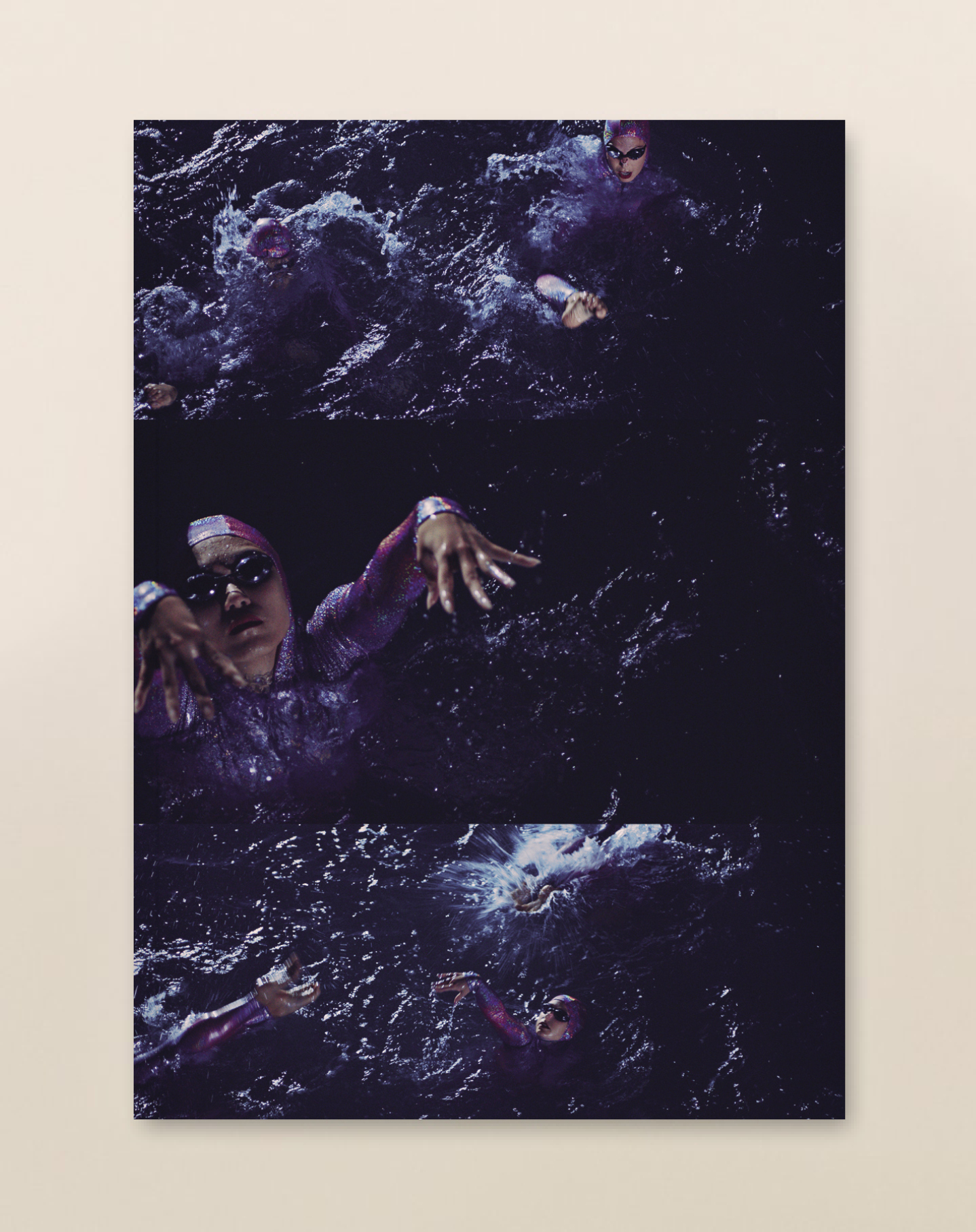Thirza Wakefield
Thirza Wakefield is a film critic. She writes for the British Film Institute’s international magazine Sight & Sound, the BFI online, and bimonthly film journal Little White Lies.
Articles Available Online
READ NEXT






